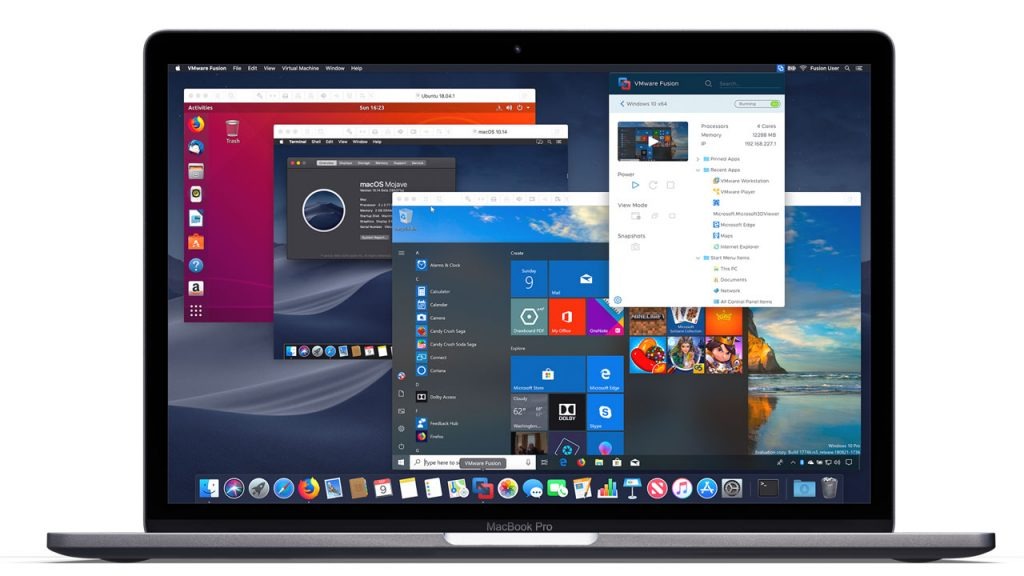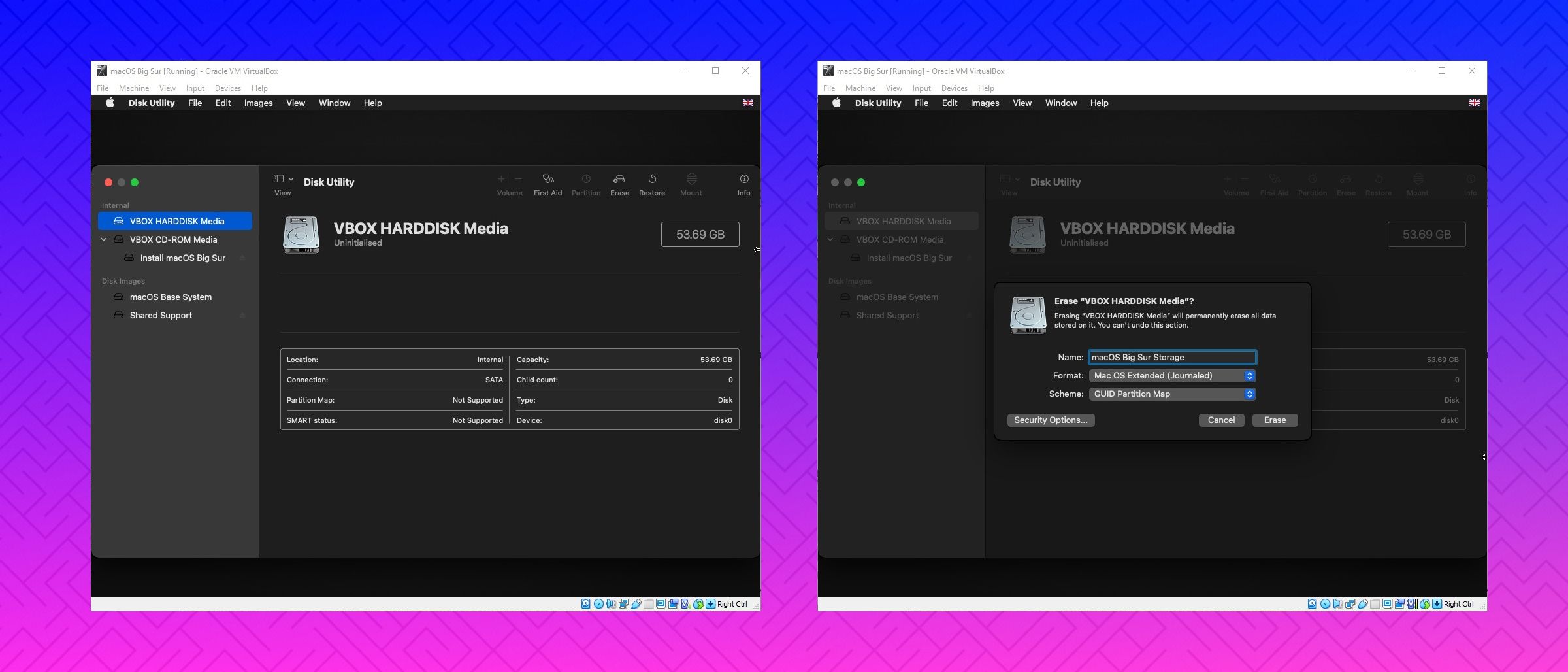

#Vmware script for mac os download
#Vmware script for mac os how to
This tutorial is great for Linux users who want to use XCode 10 or 11 on Linux without Dual Booting! How to Install macOS VM on Linux Linux System Requirements: If you see 1, 2, 3 … any number greater than 0 then you can ready!

If you see 0 when you ran the above command, then boot into your BIOS and turn on “Hardware Virtualization.” It tells you how many cores can be used in virtualization. This out of the following command must be greater than 0. Virt-Manager Local Installation with xml file.Ĭheck if your CPU has virtualization. Dockerfile available! Instant run docker-osx run: # insta run on any OSĭocker run -privileged -e "DISPLAY=$" -v /tmp/.X11-unix:/tmp/.X11-unix sickcodes/docker-osx MacOS VM on Arch, Ubuntu, Debian, CentOS, RHEL or Fedora.
#Vmware script for mac os full
RELEASED: Dockerfile full auto macOS installer.

If you want to test it out, run my Docker-OSX project: SKIP ANY INSTRUCTIONS THAT ARE LIKE THIS Virt-Manager: import macOS-libvirt-Catalina.xml script from the xml file in OSX-KVM.Docker-OSX version: good to have a look, instantly run.Your virtual machines should properly work again.Linux users on Arch or Manjaro attempting to install macOS/OSX in VMWARE, or QEMU/KVM, will greatly benefit from this tutorial. RebootĬheck System Preferences → Security & Privacy → Privacy → Screen Recording and you’ll notice VMWare Fusion has the permission it needs. Sh "/Volumes/Machintosh HD/tmp/fixfusion.sh" You can now run the script you created earlier: (Again, adjust the command if your disk isn’t called “Macintosh HD”.)Įnter your passphrase when it asks for it. If your primary drive is encrypted using FileVault (it should be), unlock it first by running the following command: Start a Terminal window by selecting Utilities → Terminal from the menu bar when you’ve reached Recovery Mode. #!/bin/sh # Change the following to fit your system root = "/Volumes/Macintosh HD" " $root /usr/bin/sqlite3" " $ /Library/Application Support//TCC.db" 'insert into access values ("kTCCServiceScreenCapture", "", 0, 1, 1, "", "", "", "UNUSED", "", 0,1565595574)' Enter Recovery ModeĮnter Recovery Mode by restarting your Mac and holding down ⌘ + R while it boots. ⚠️ Create the scriptĬreate a new script file where you can easily access it. I don’t offer any support and am not responsible if things don’t go as planned. Make sure you’re comfortable with these steps. ⚠️ Note that this requires running Terminal commands in Recovery Mode. Some people found a way to get around this by granting permission manually. Apparently Fusion uses this feature, but neglects to ask for permission. Oddly enough the preview in the virtual machine overview works fine.Ĭatalina requires apps to request permission for various tasks. The screen remains blank when I start one of my virtuals on Catalina. Since this fall, that’s become problematic. I use VMWare Fusion 10 to test my apps on previous and future versions of macOS. VMWare Fusion 11.5 supports macOS 10.15 out of the box. This post is for those of us running an older version of VMWare Fusion on macOS Catalina.


 0 kommentar(er)
0 kommentar(er)
